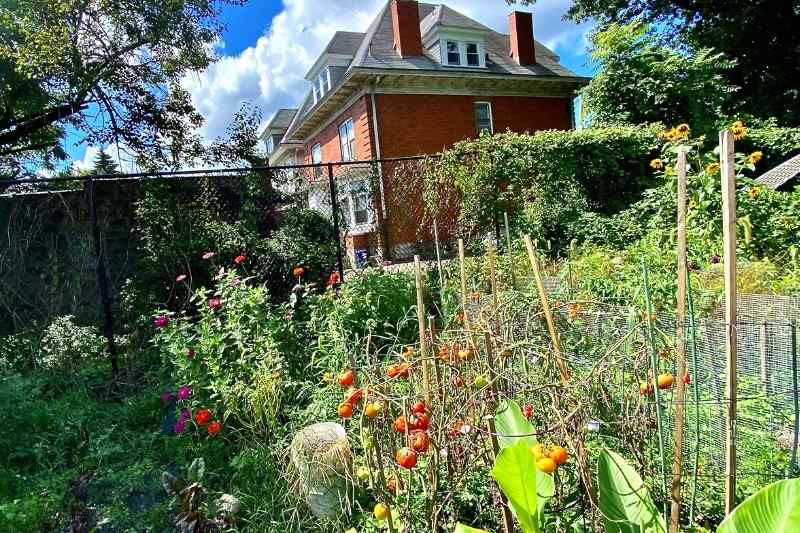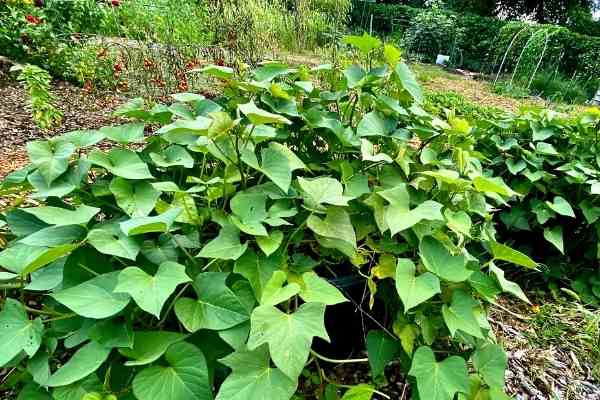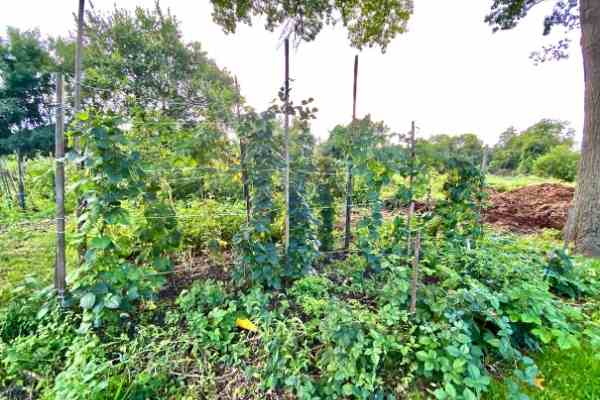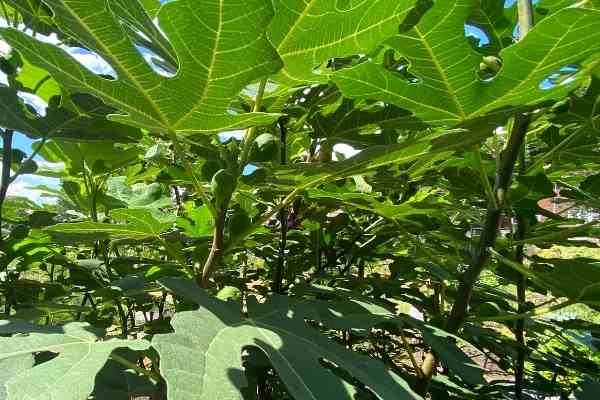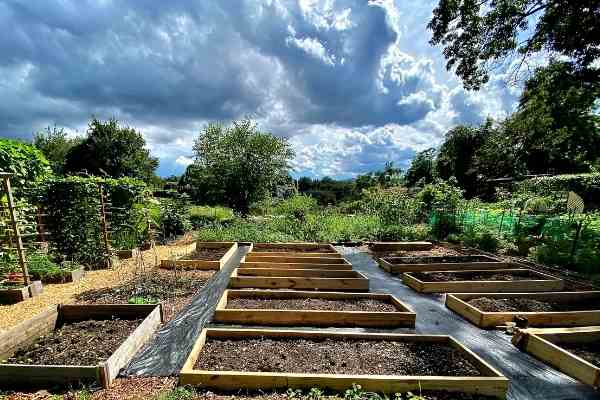Beautiful Bounty, Beautiful City
Urban areas around the country are being enriched through community gardens. In many cases, these beautiful, bountiful urban gardens sustain gardeners and provide much-needed green space for all to enjoy. They also support residents who suffer from food insecurity.
The Highland Park Community Garden is a fantastic example of an allotment garden.
The Highland Park Community Garden, located in a historic neighborhood in the northeastern part of Pittsburgh, was established more than fifty years ago by Italian immigrants. They brought seeds from their homeland and started growing tomatoes, garlic, squash, broccoli rabe, and fig trees.
The Highland Park Community Garden is large, containing roughly 40 parcels approximately 25’ x 25’ in size.
The Highland Park Community Garden is captivating with various fruits, vegetables, herbs, and flowers growing. Beautiful sunflowers, zinnias, milkweed, morning glories, and blossoming fruits add so much color to the landscape. The garden includes several raised beds, arches, and trellises, as well as several water spouts and a composting area.
Individuals and family gardeners can rent or adopt specified areas to grow their food in the community garden.
The process to become a grower is pretty simple, and is available to novice and experienced growers alike. The garden requires agriculturists to enroll, sign an agreement to follow garden rules, maintain the garden plot, and pay a nominal fee for three years to the City of Pittsburgh. Availability of garden plots varies throughout the year and wait lists are common.
Participating gardeners can choose to make produce available for residents to take as needed. It’s truly inspiring to see neighbors helping neighbors!
Grow Pittsburgh is a 501c3 charitable nonprofit organization and an excellent resource about the value of community and urban gardens.
According to Grow Pittsburgh, community gardens deliver many benefits to the city:
- Reduces food insecurity
- Attracts and repairs habitats for pollinators
- Eliminates food deserts
- Extolls the importance of fruits and vegetables to a healthy, balanced diet
- Teaches individuals and families how they can save money on their food bill, as a 10×20 foot lot could produce up to $700 annually
- Creates a gathering place for people in the community to come together with a shared interest in growing food
If you live in an urban area and want to get involved in creating a community garden, contact your city’s Department of Public Works.

